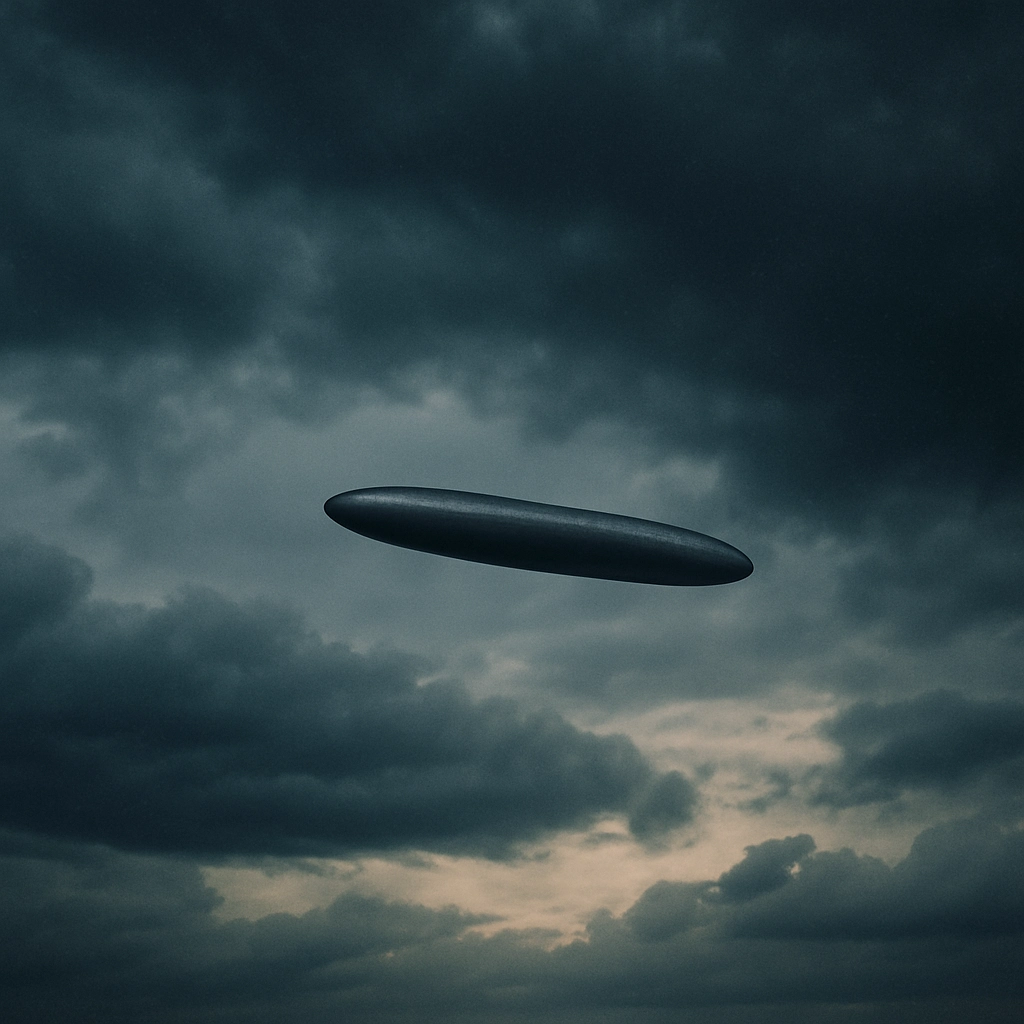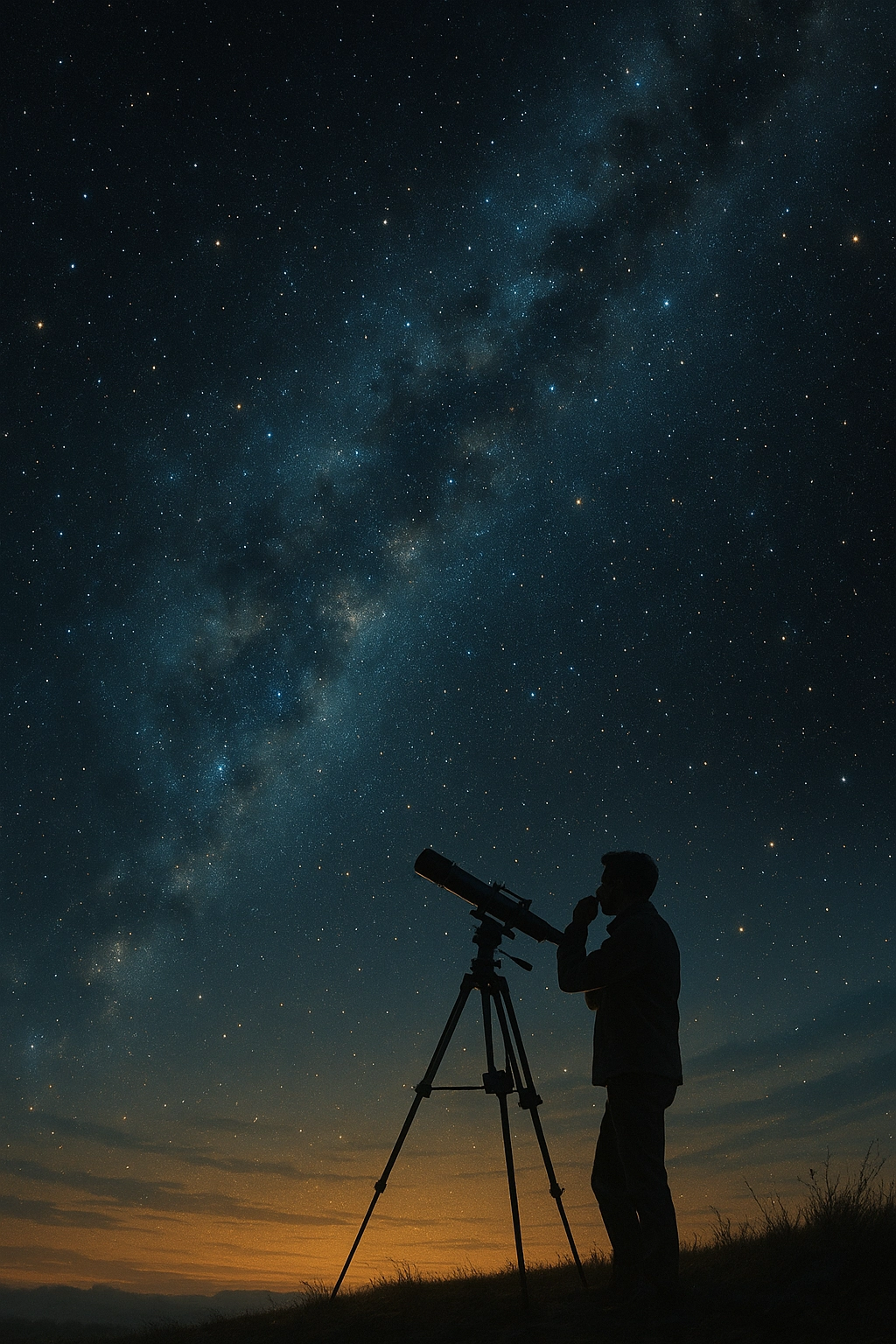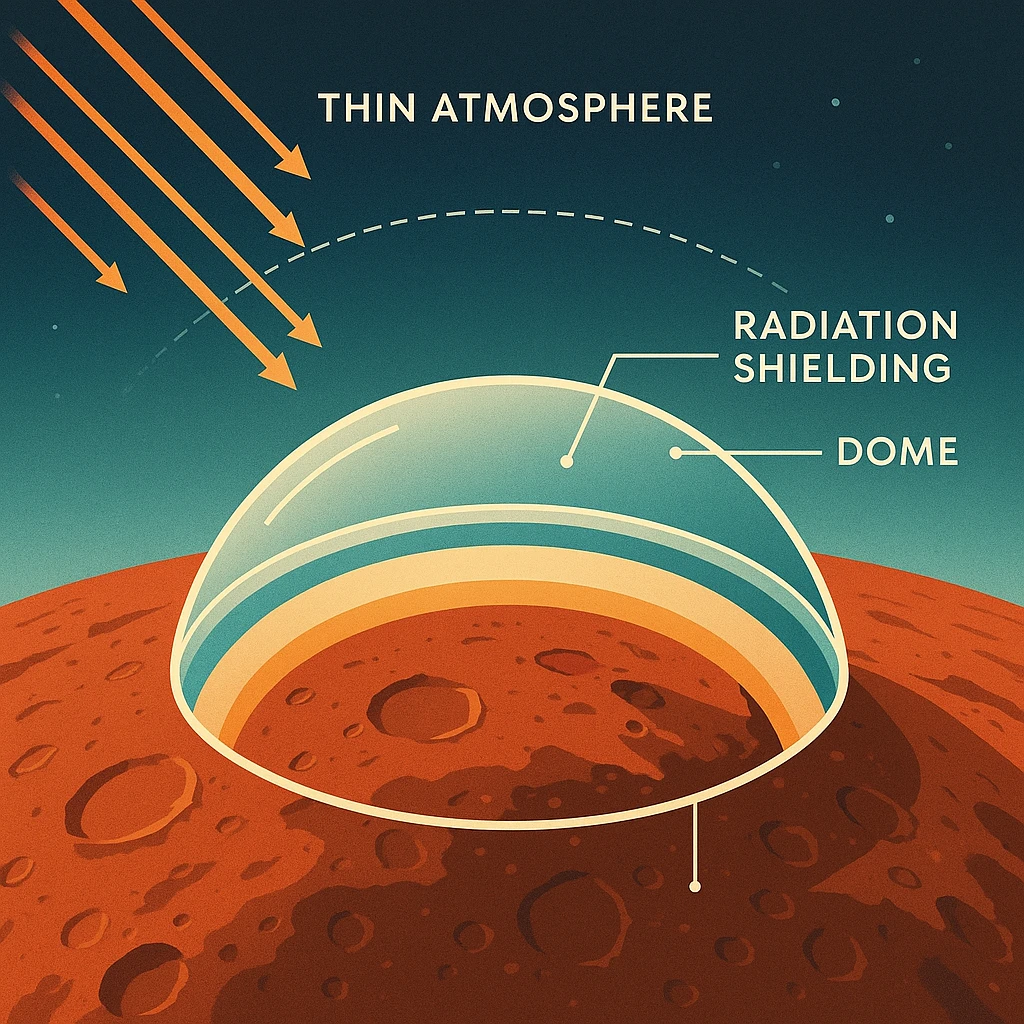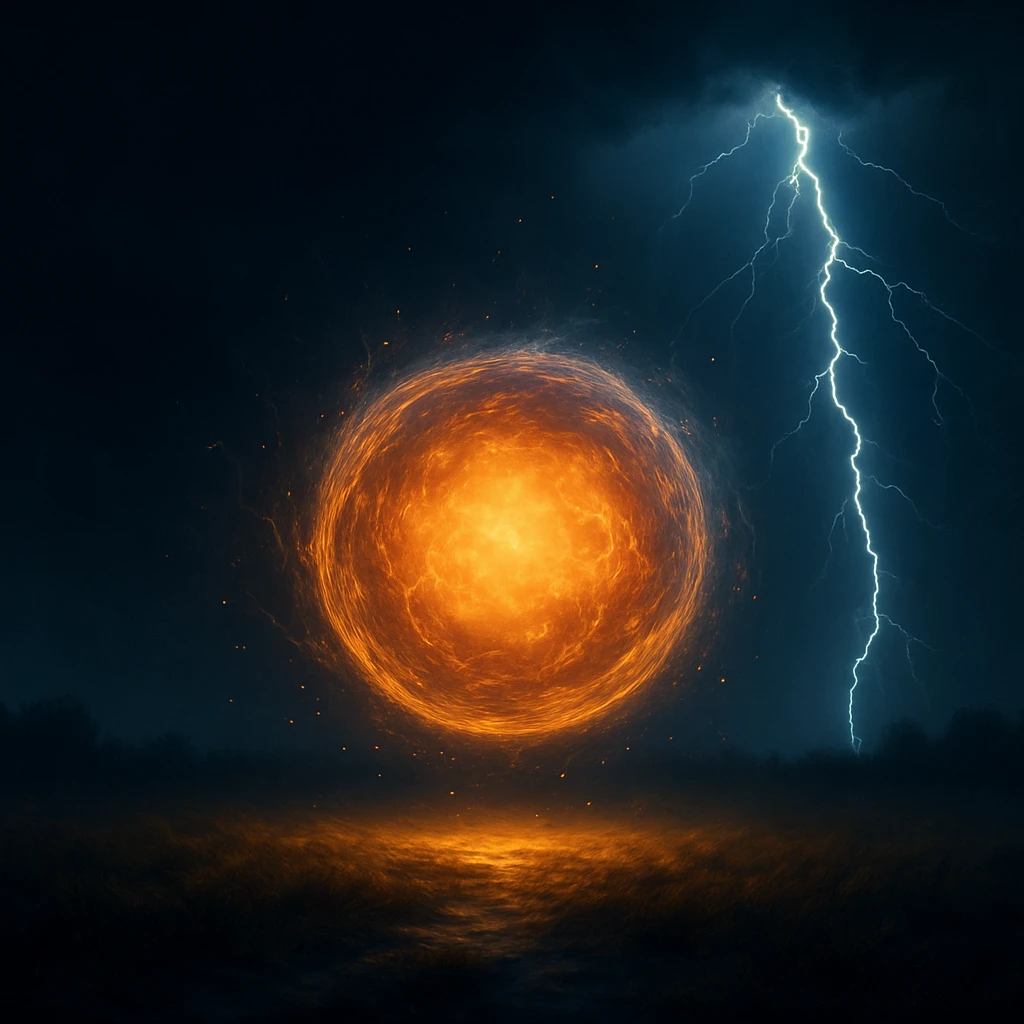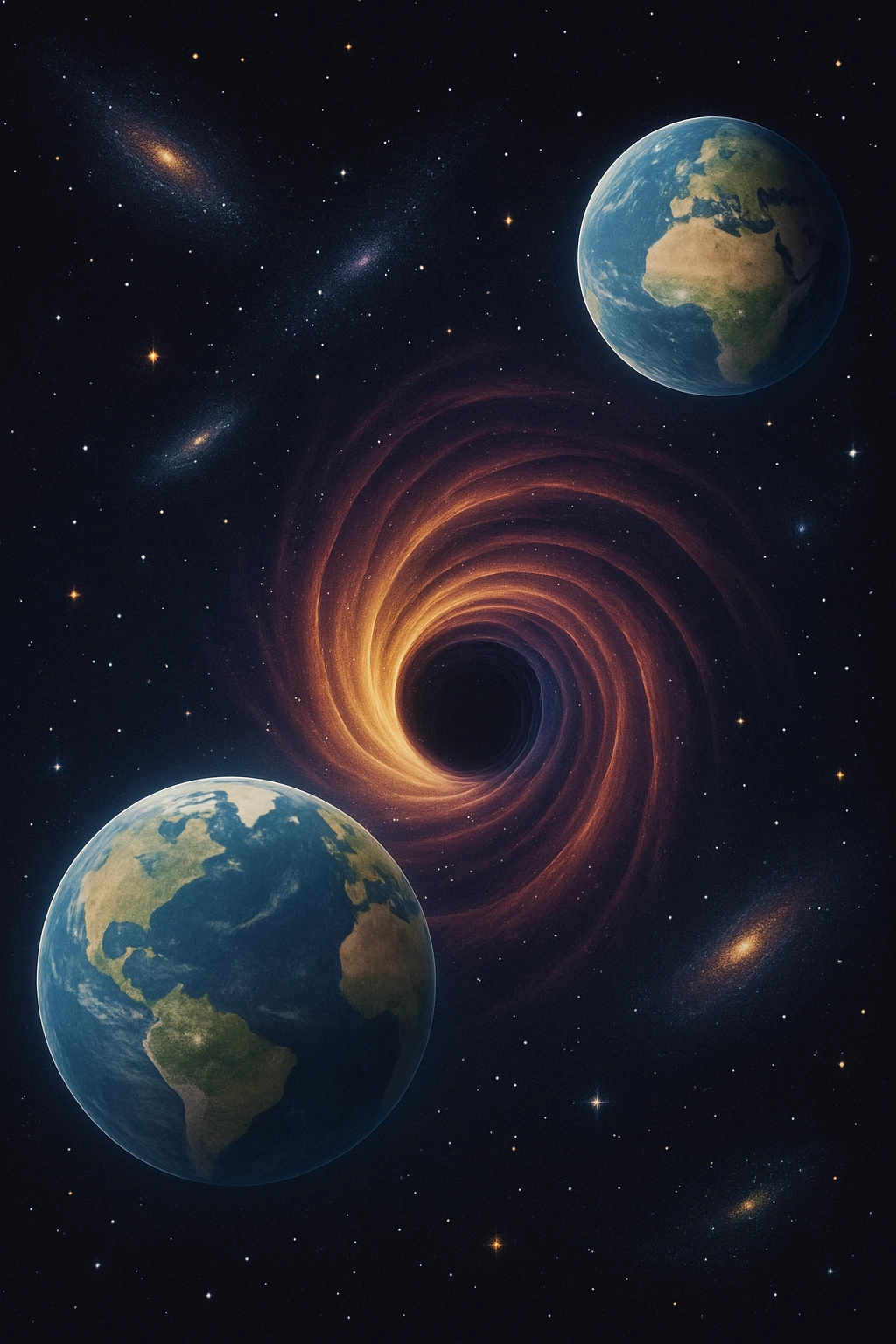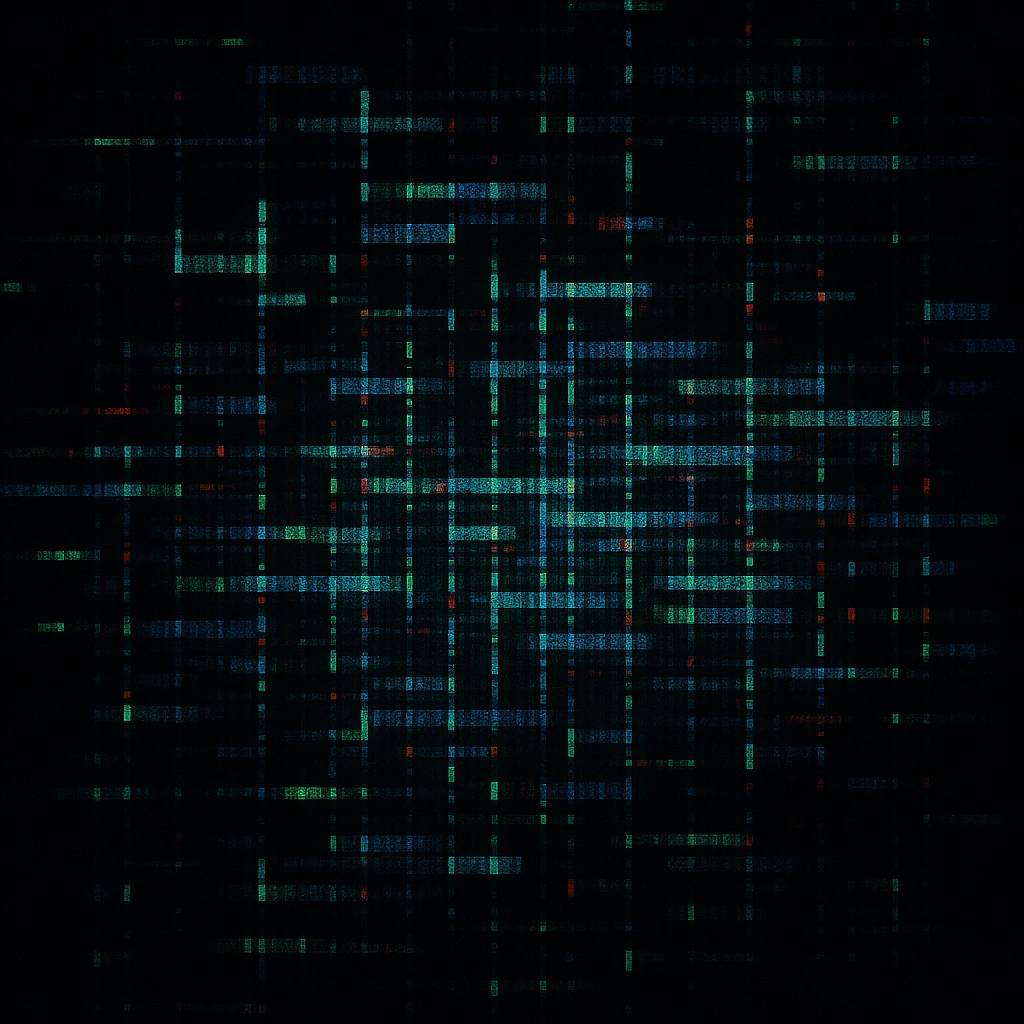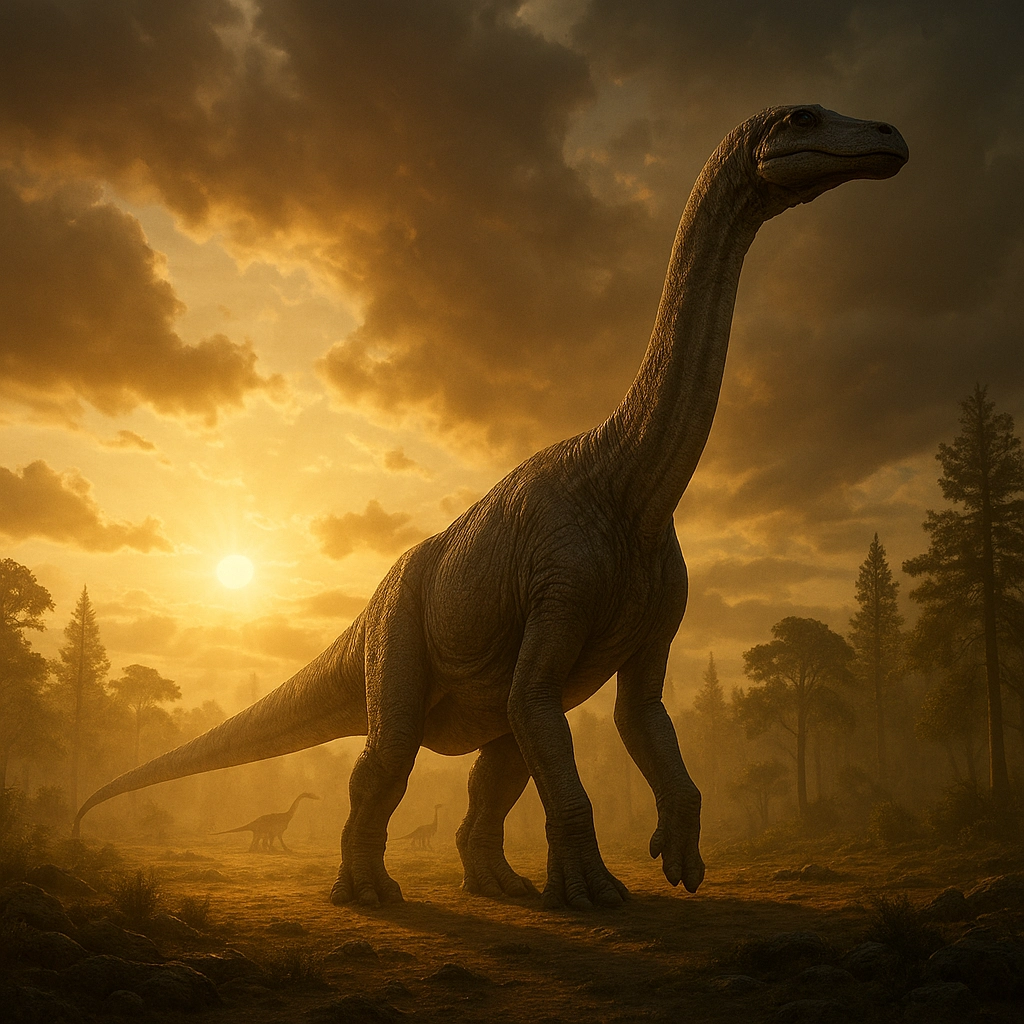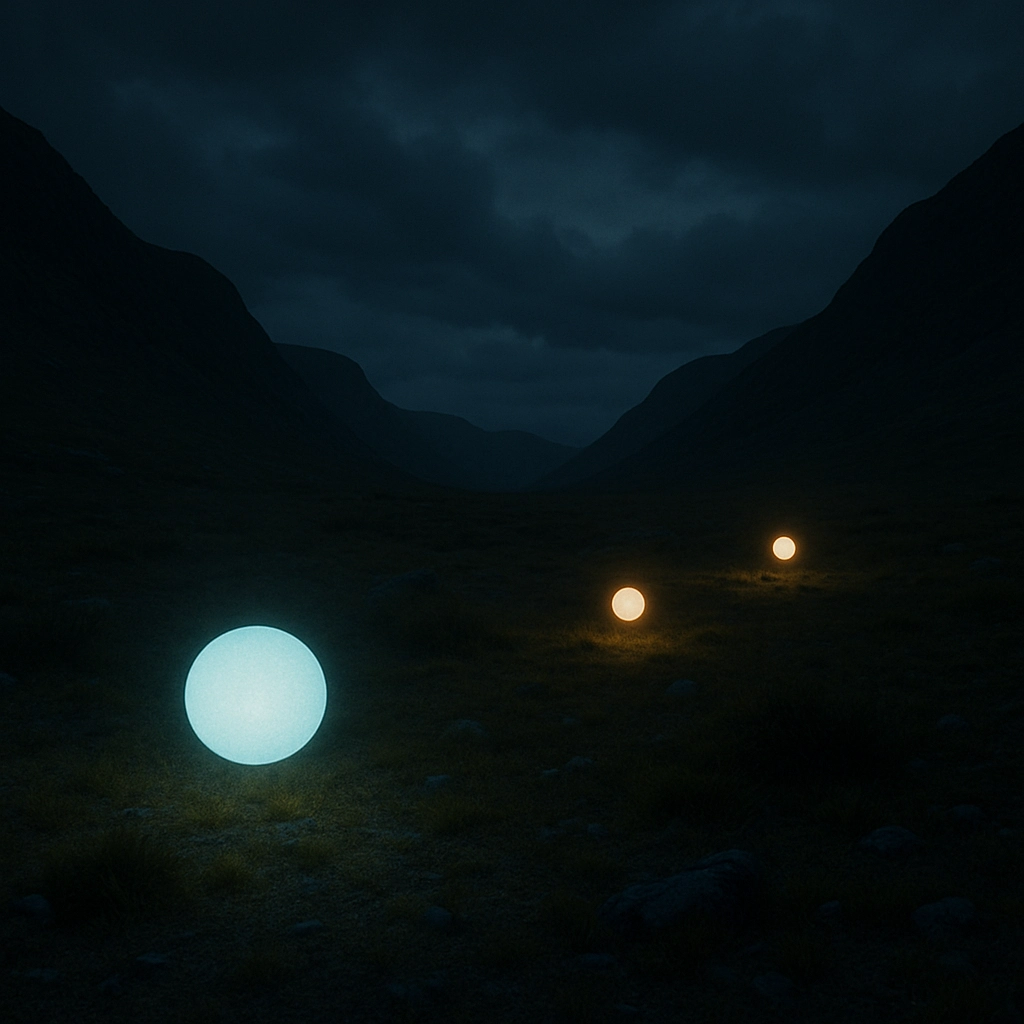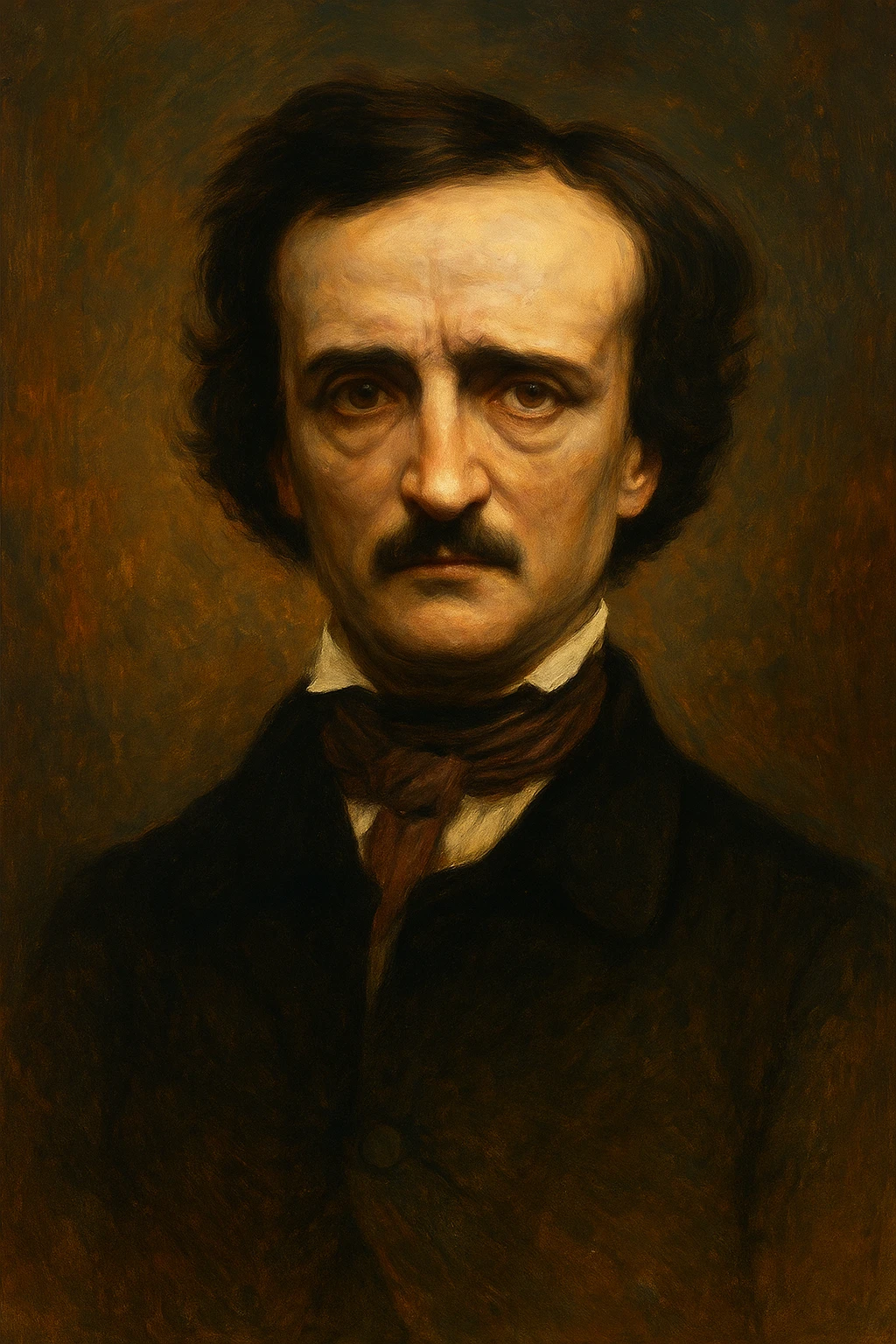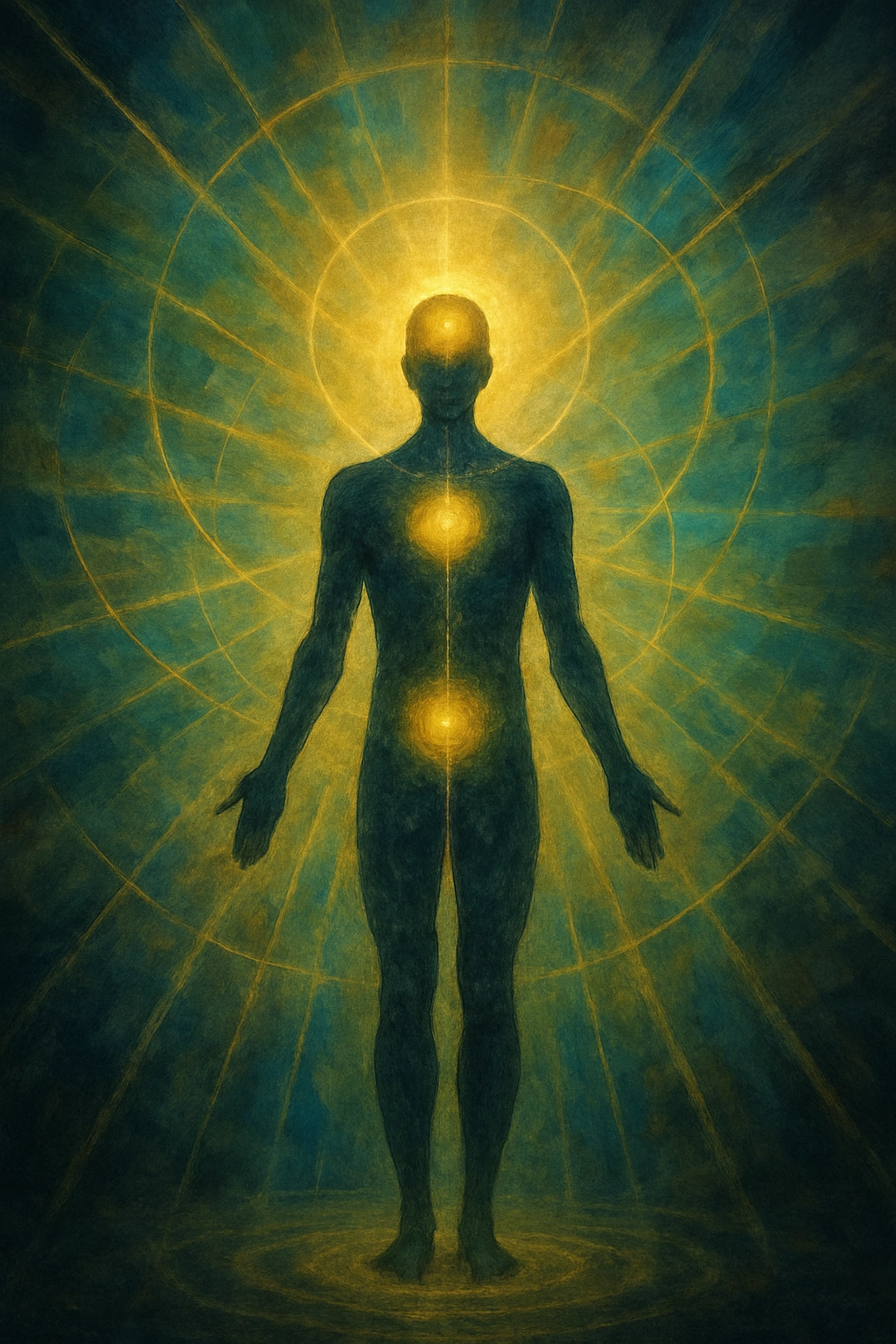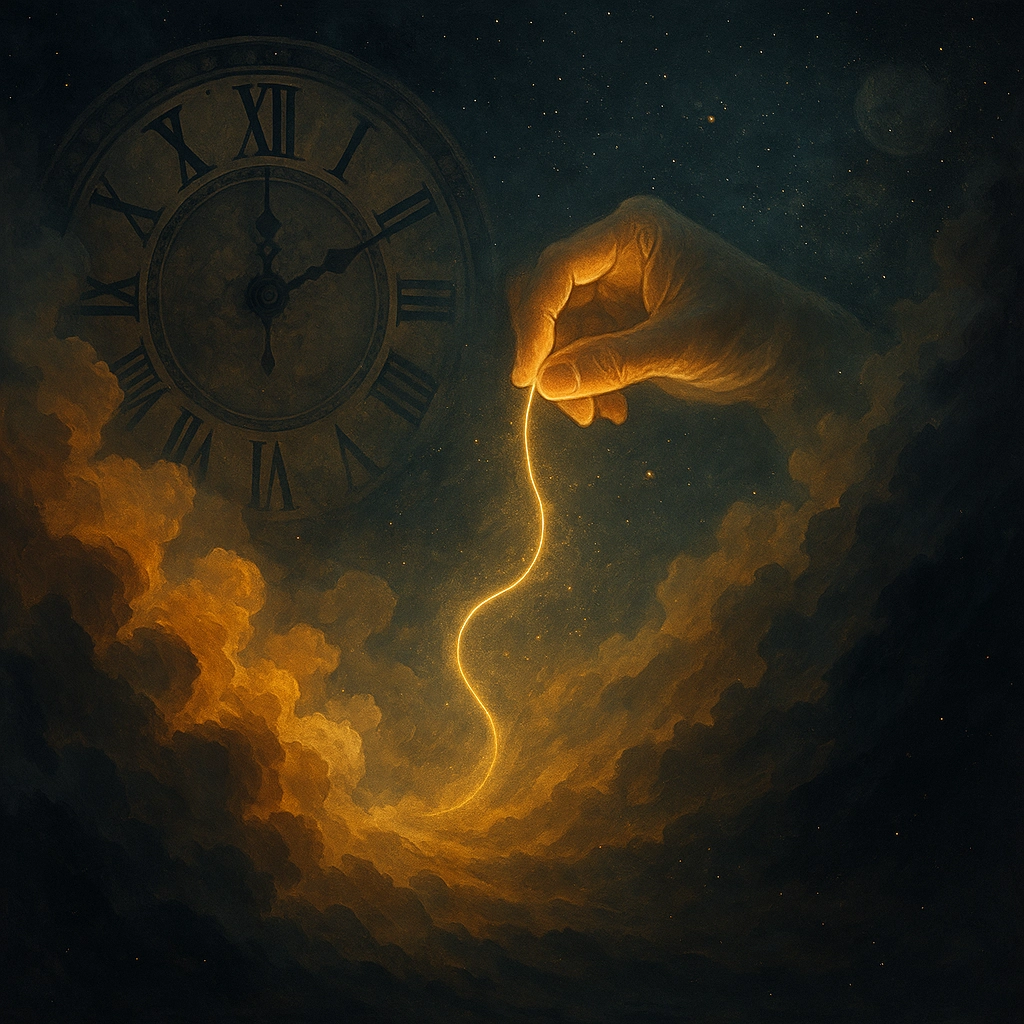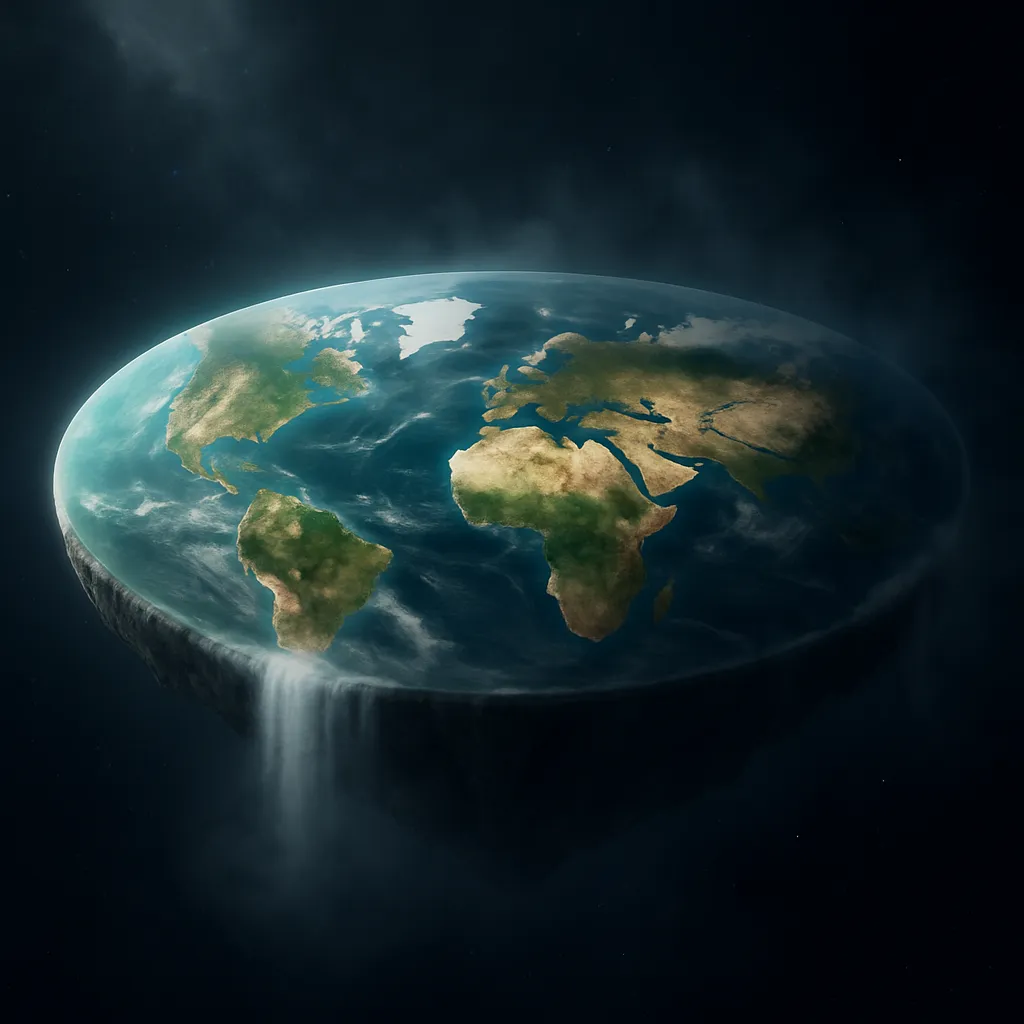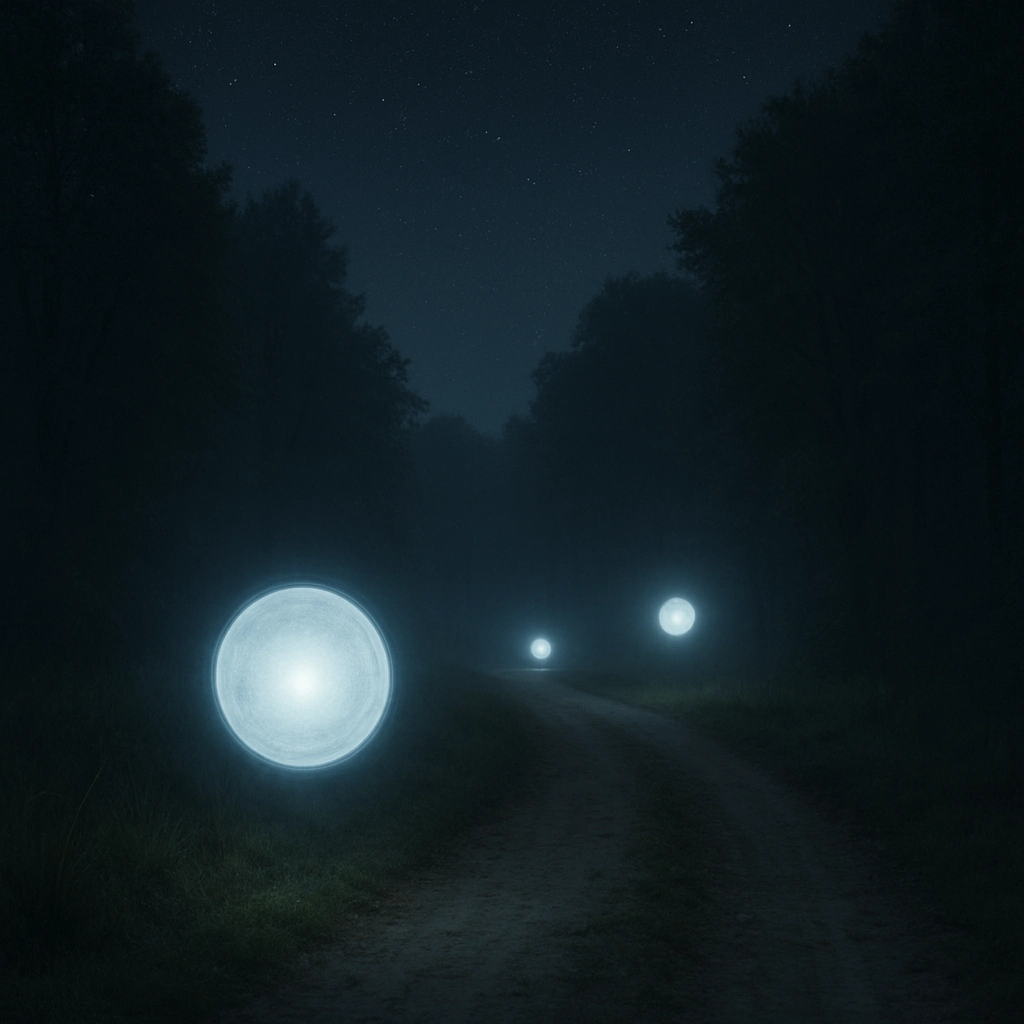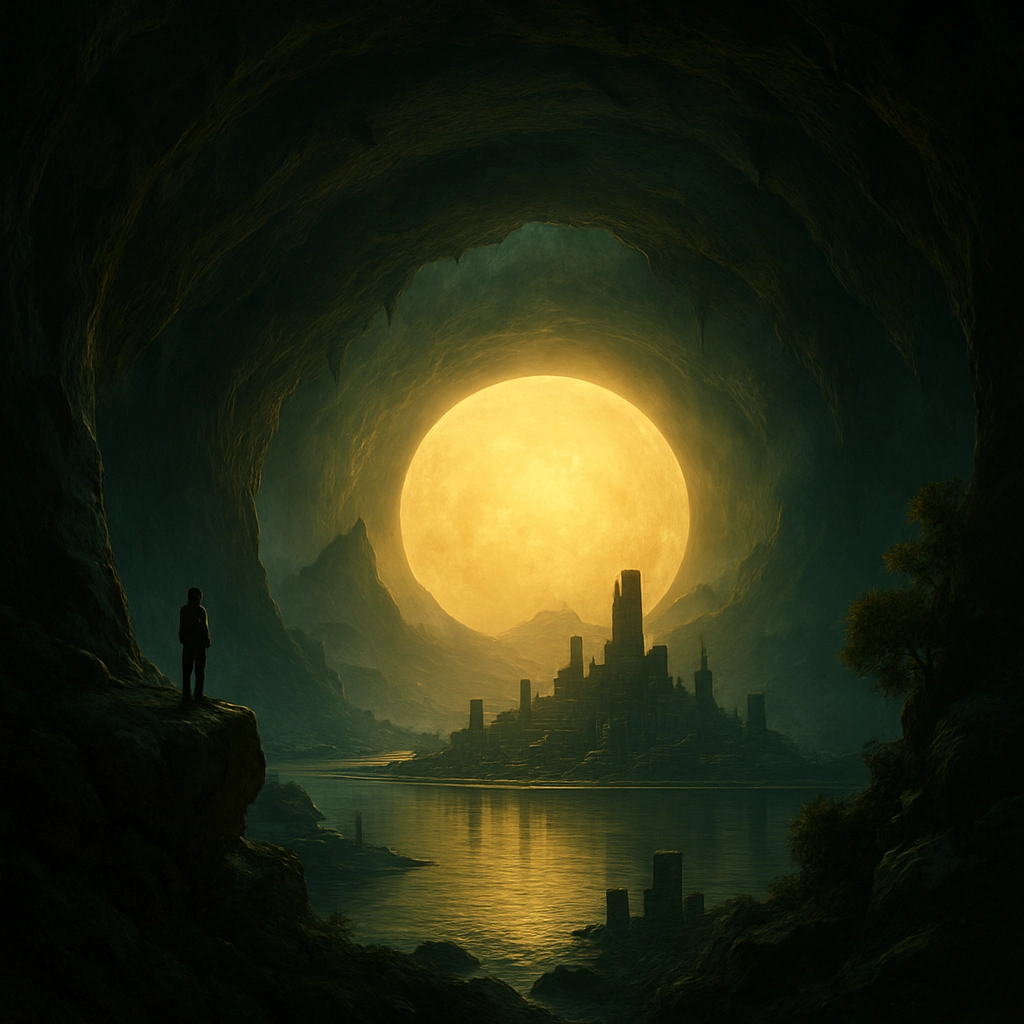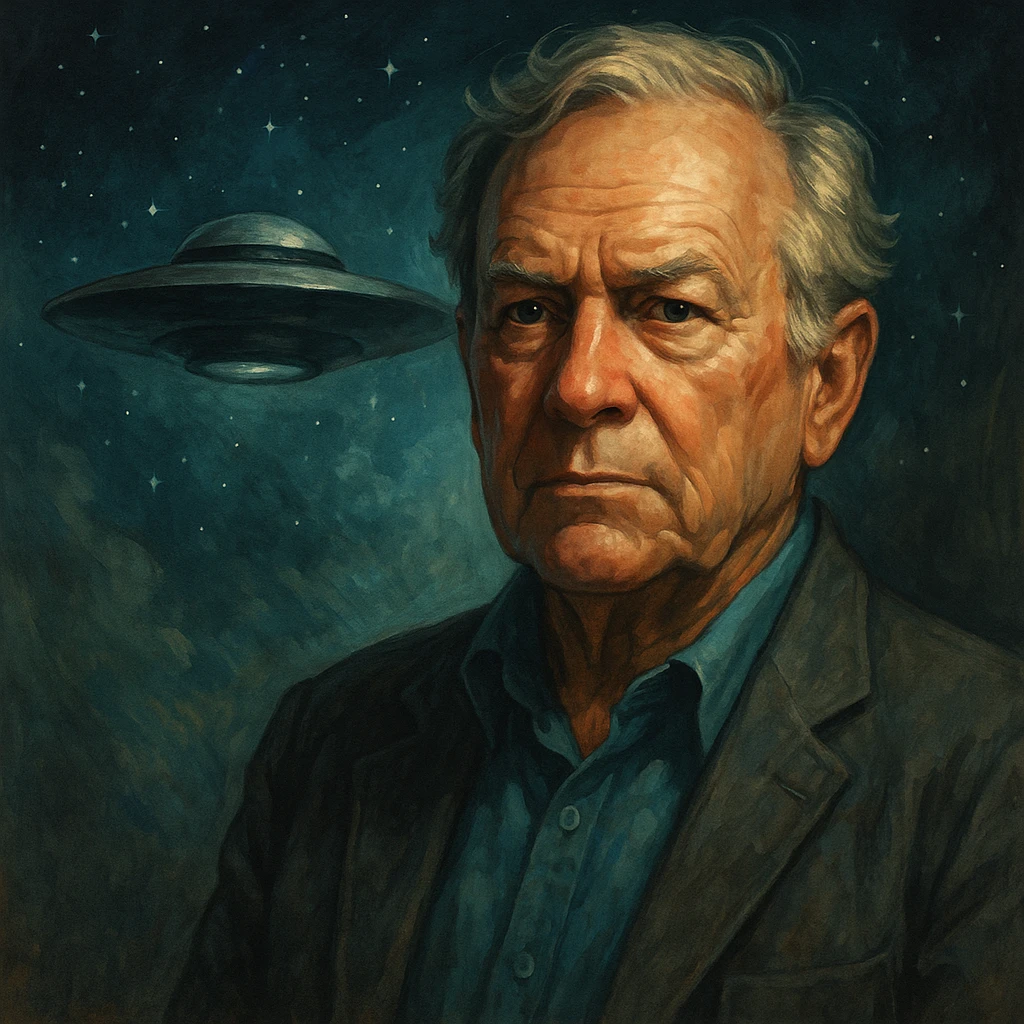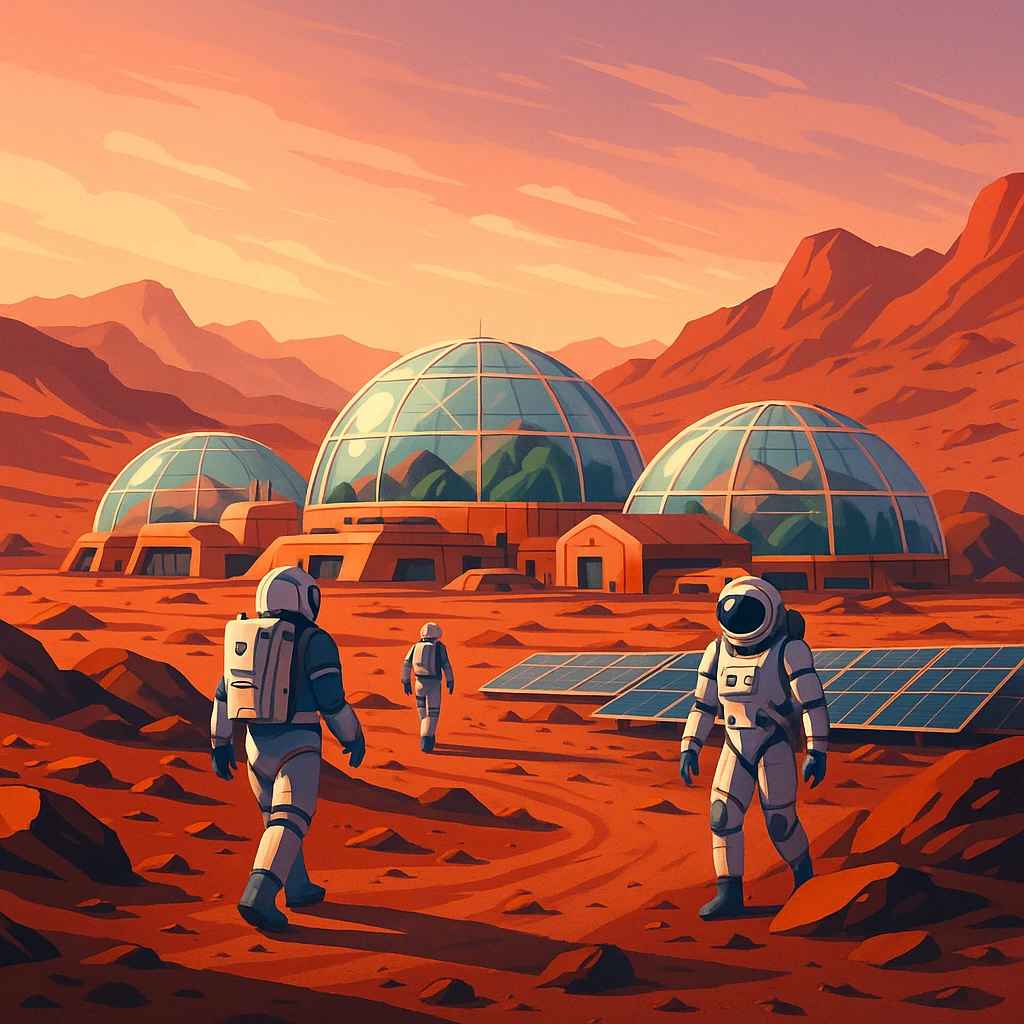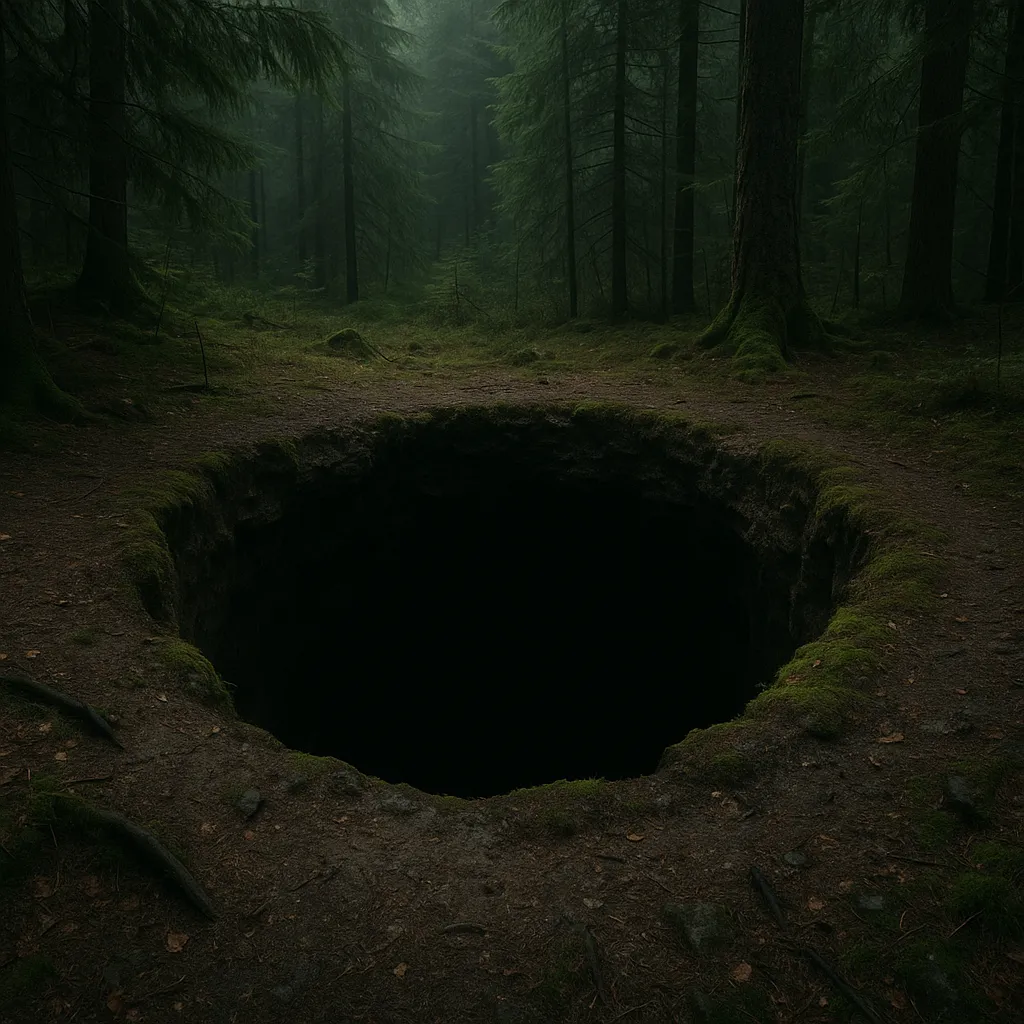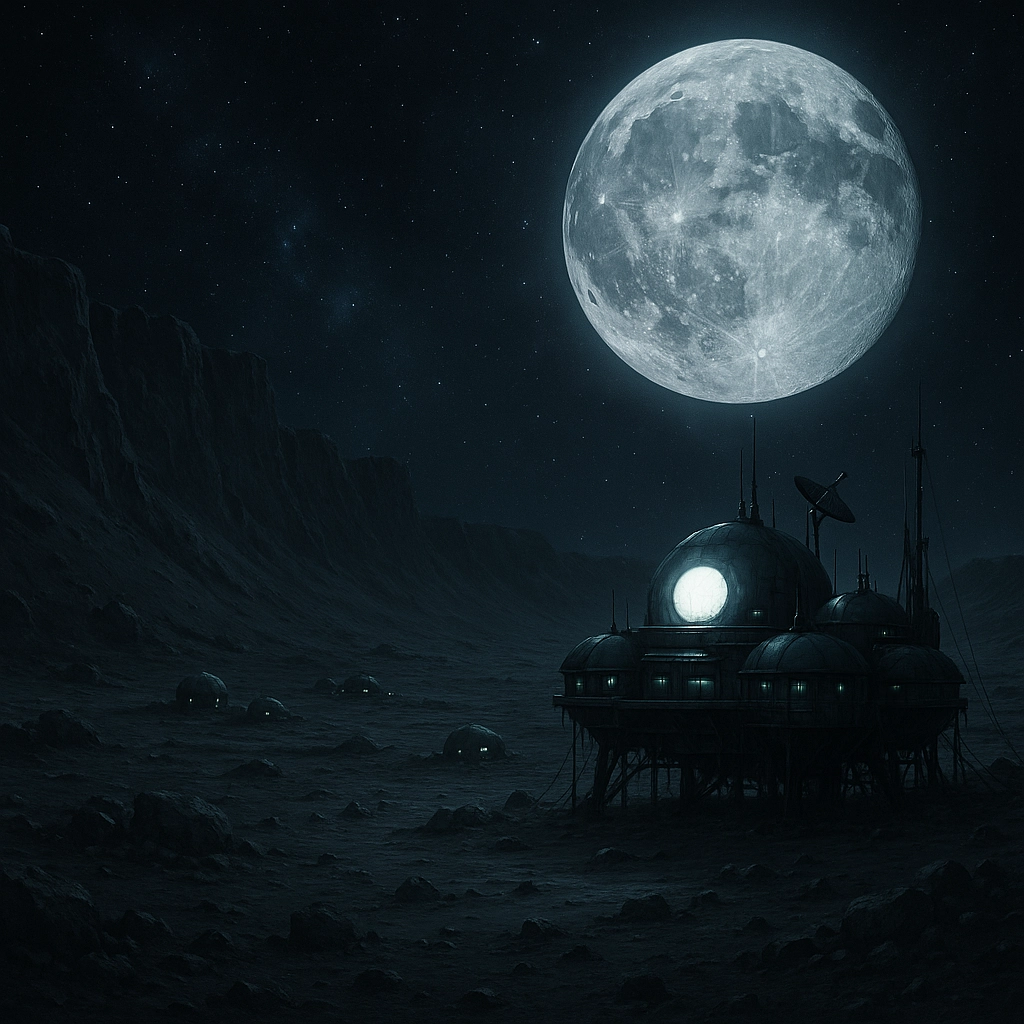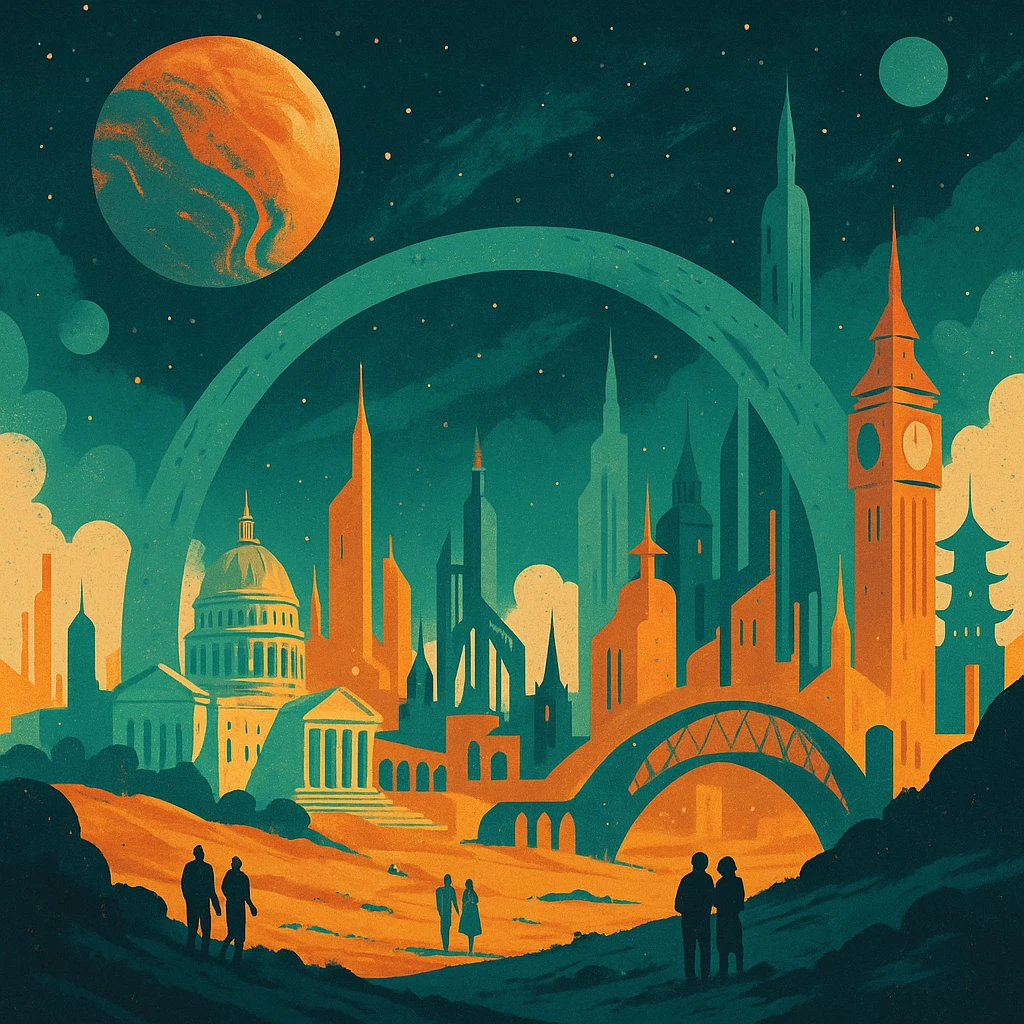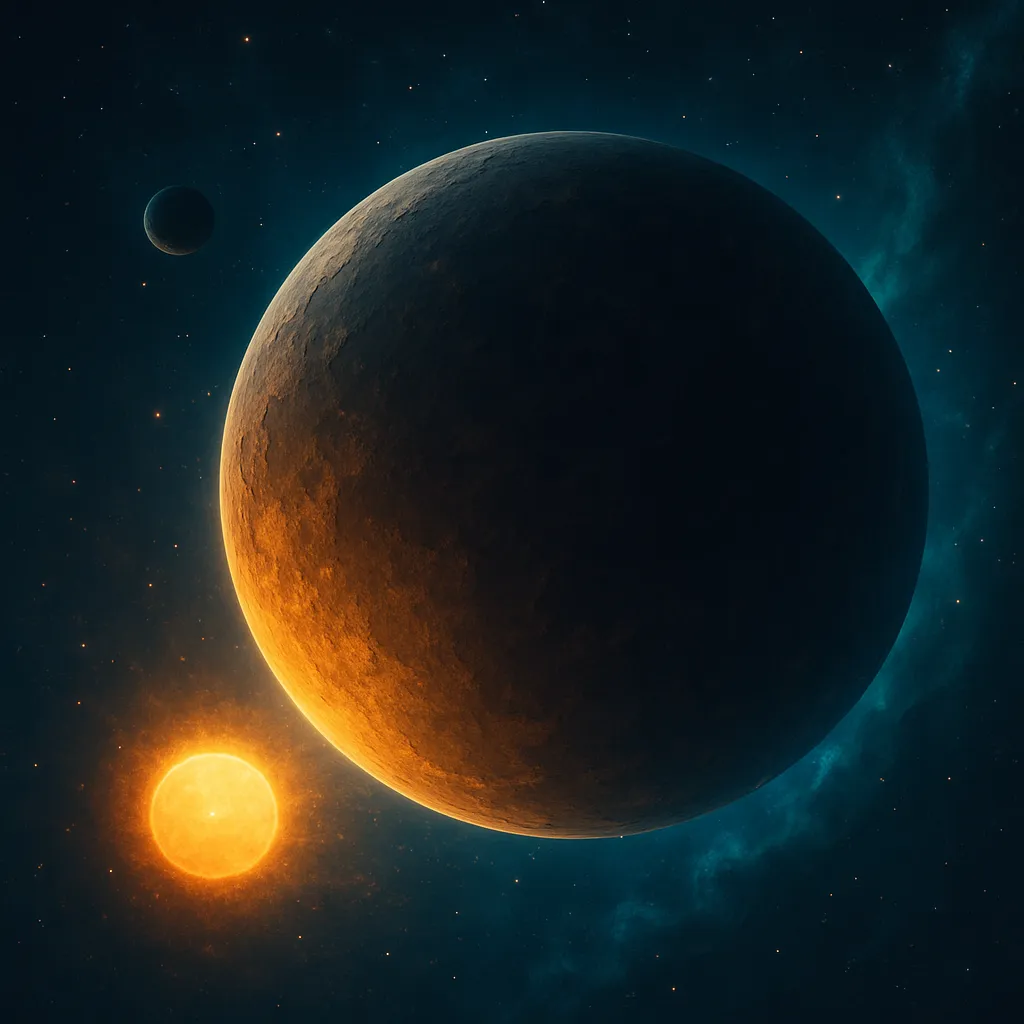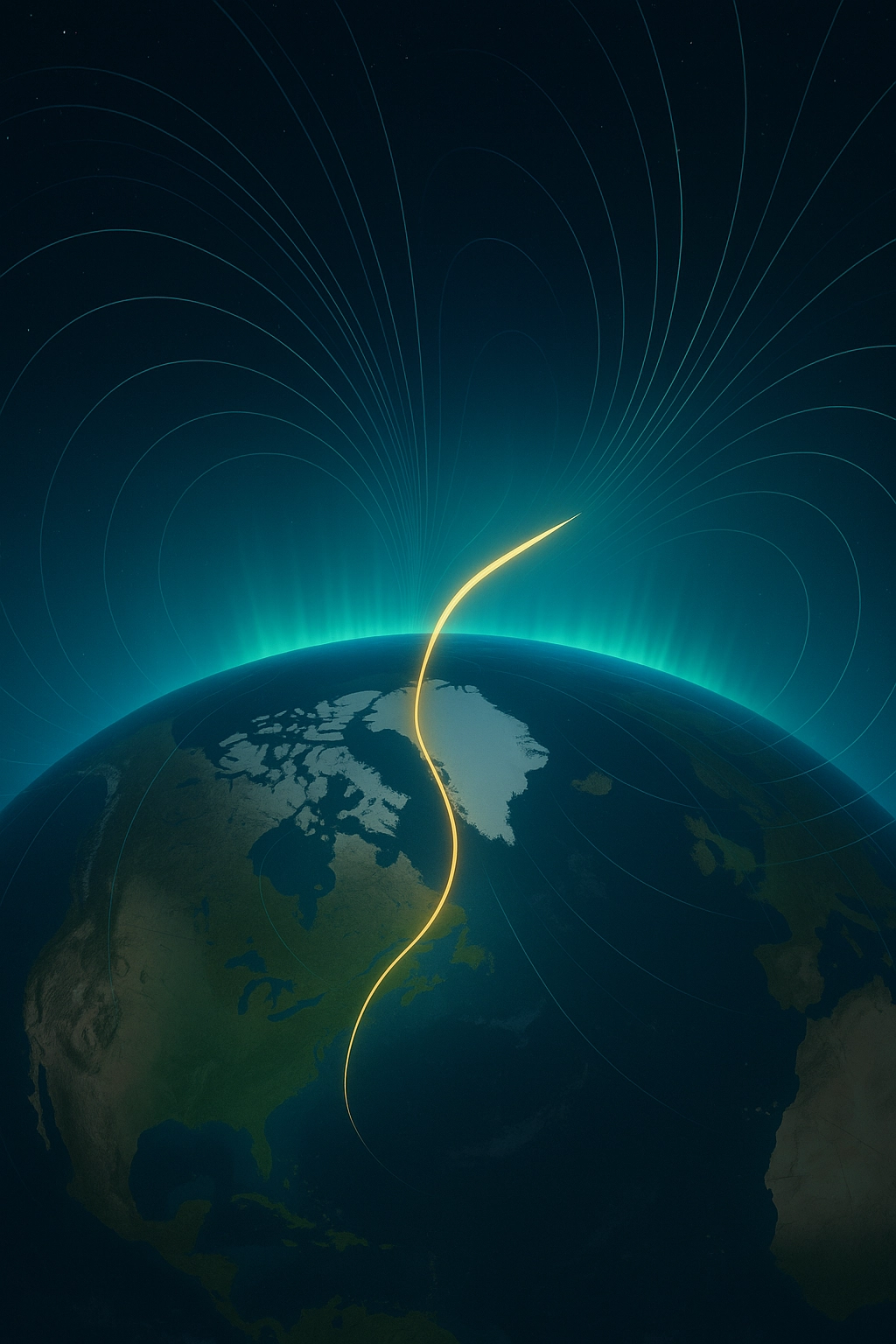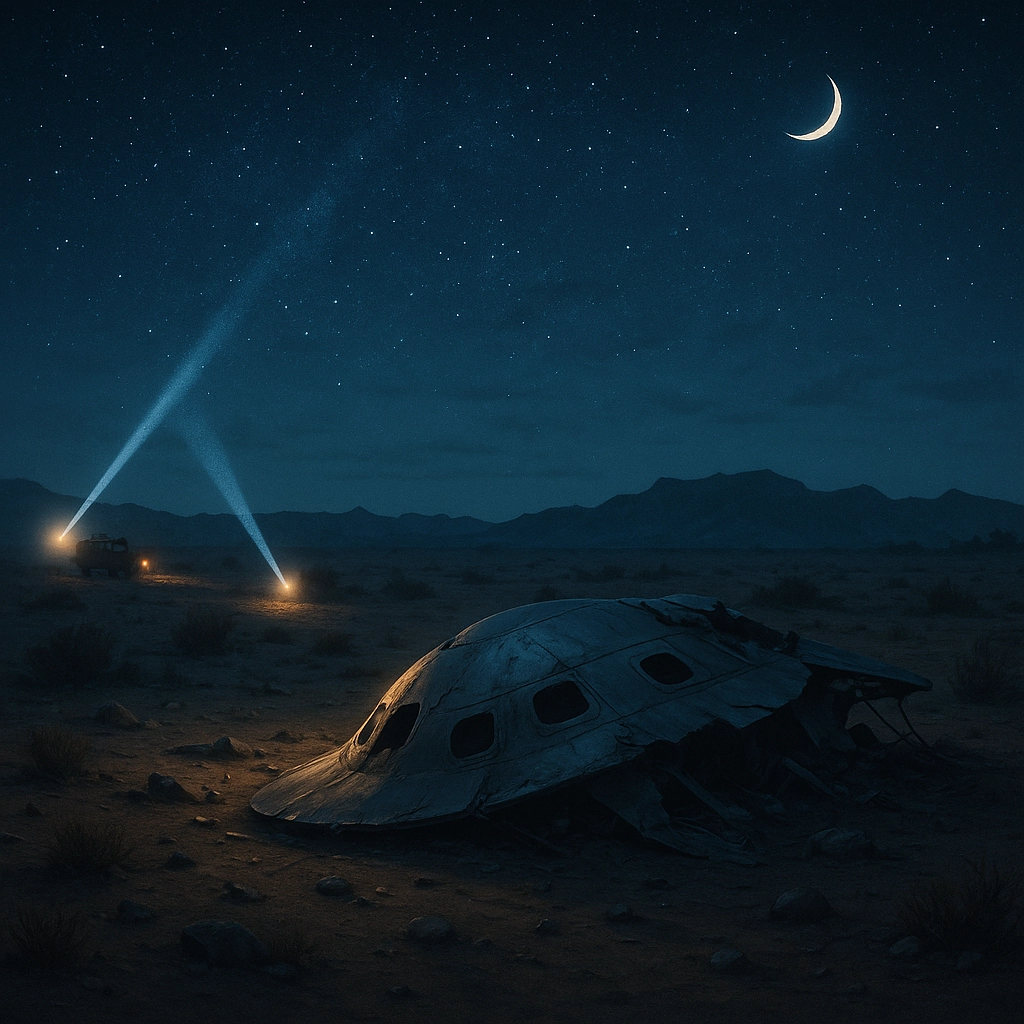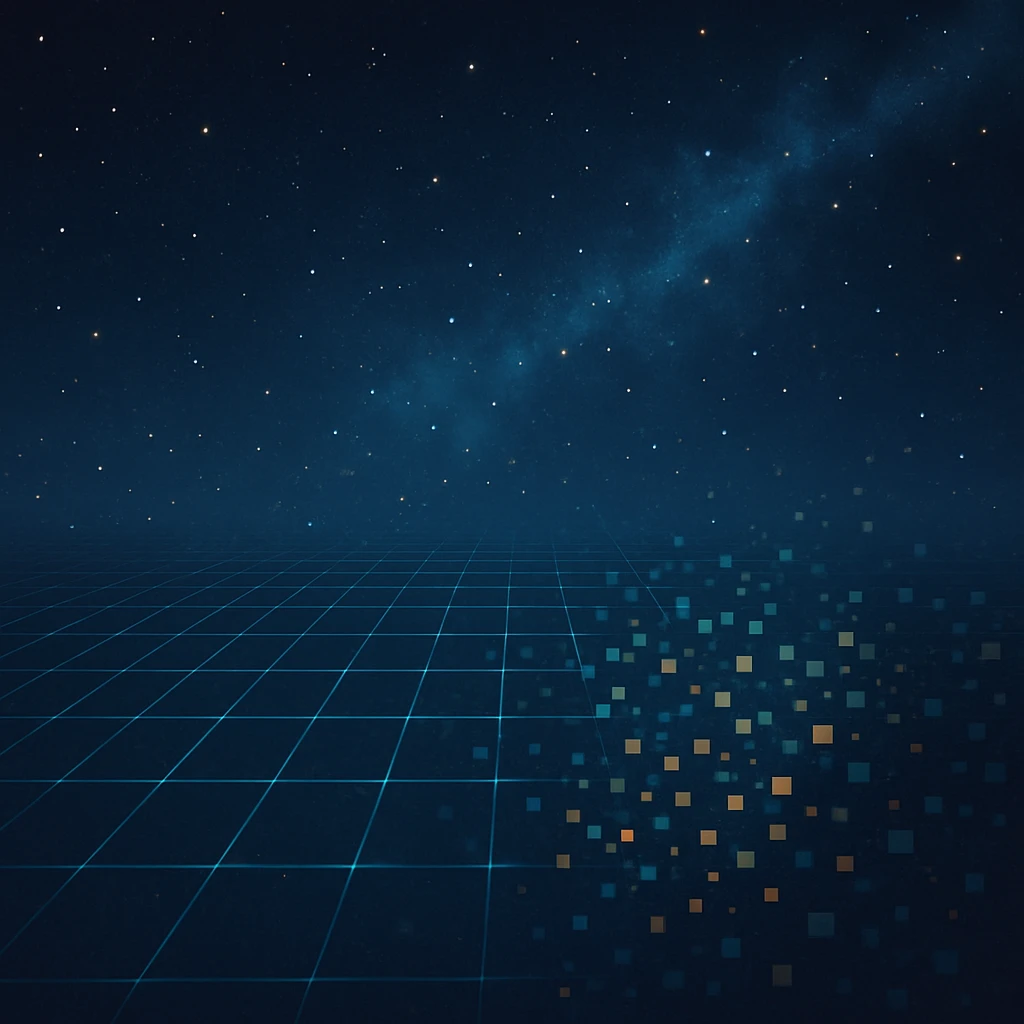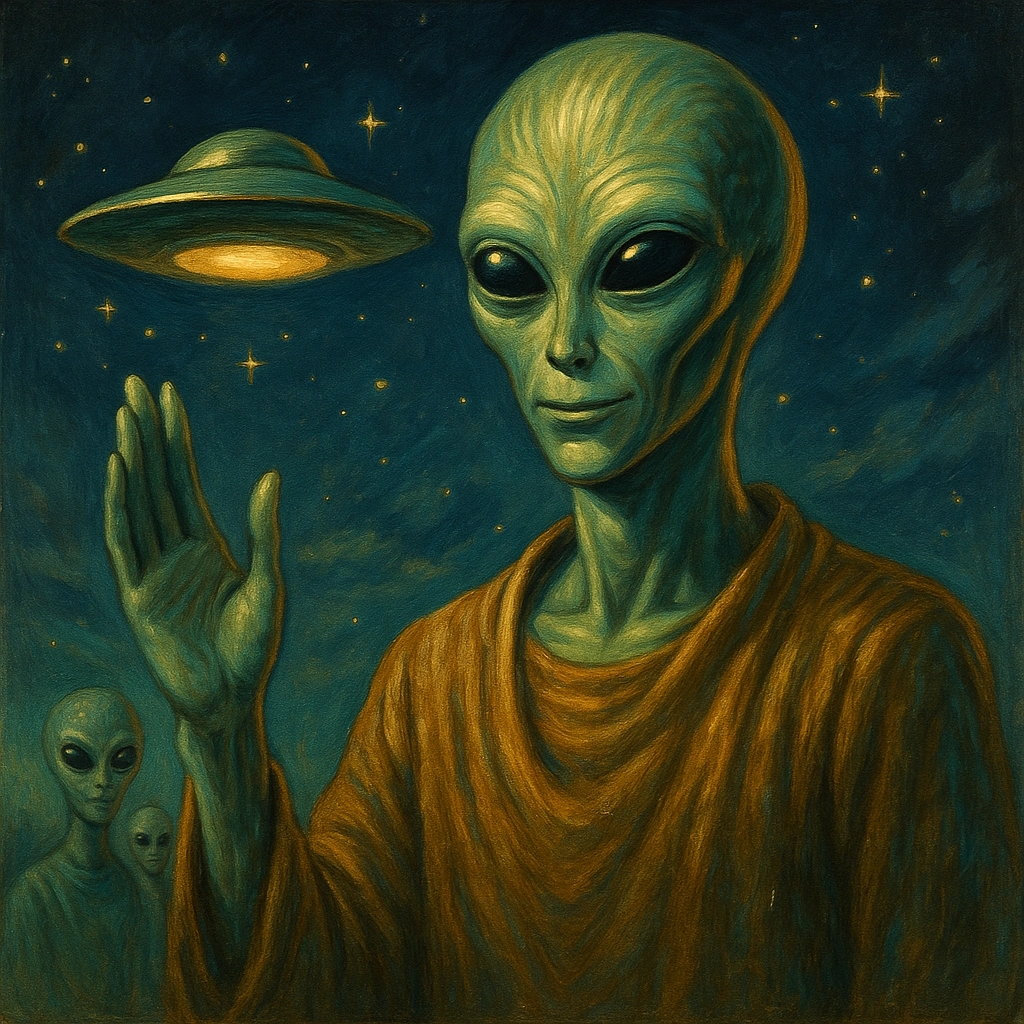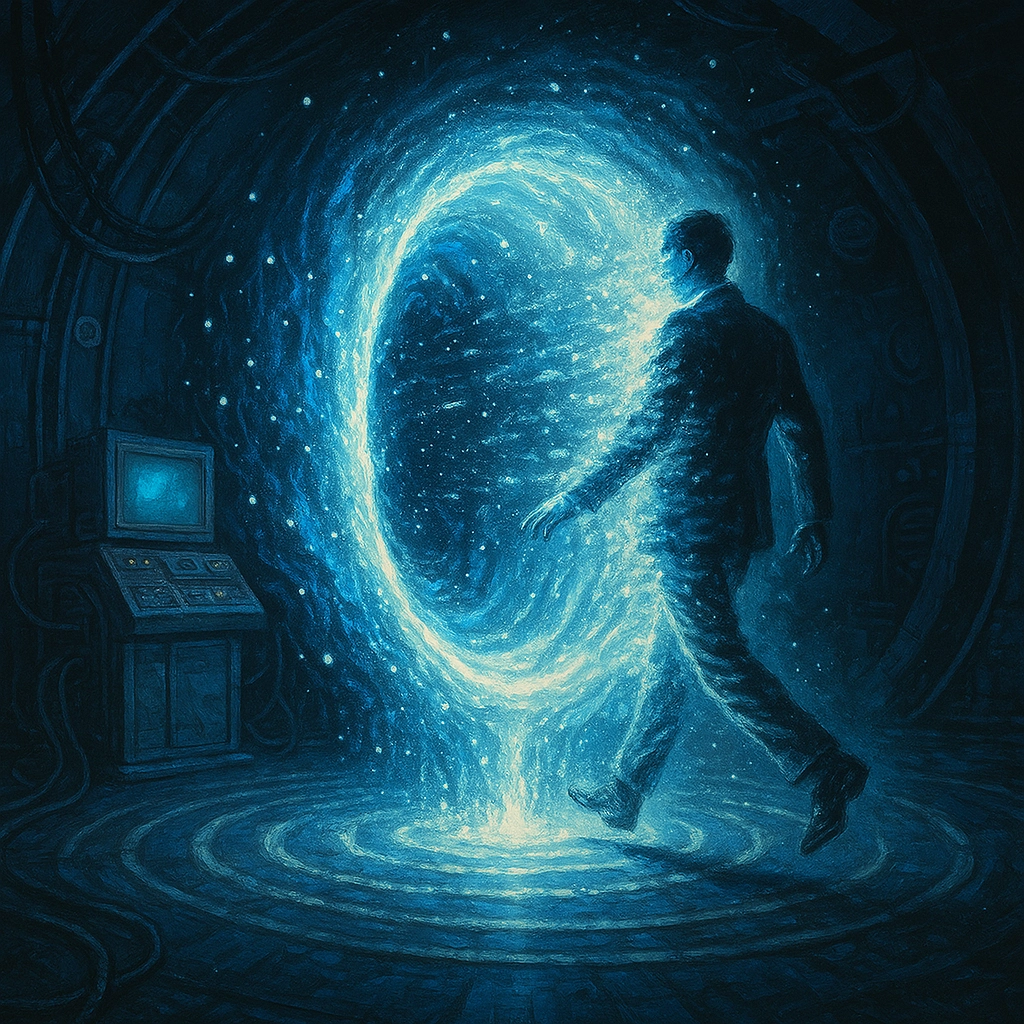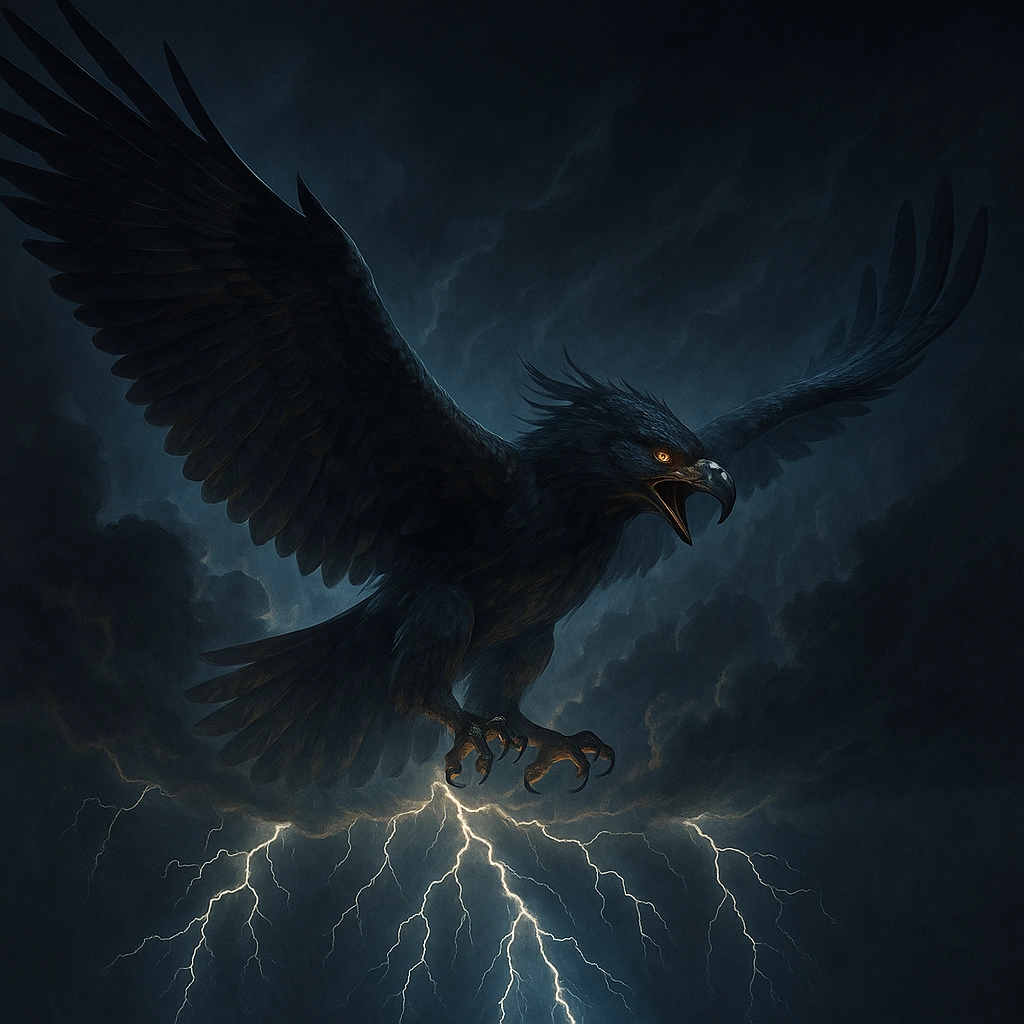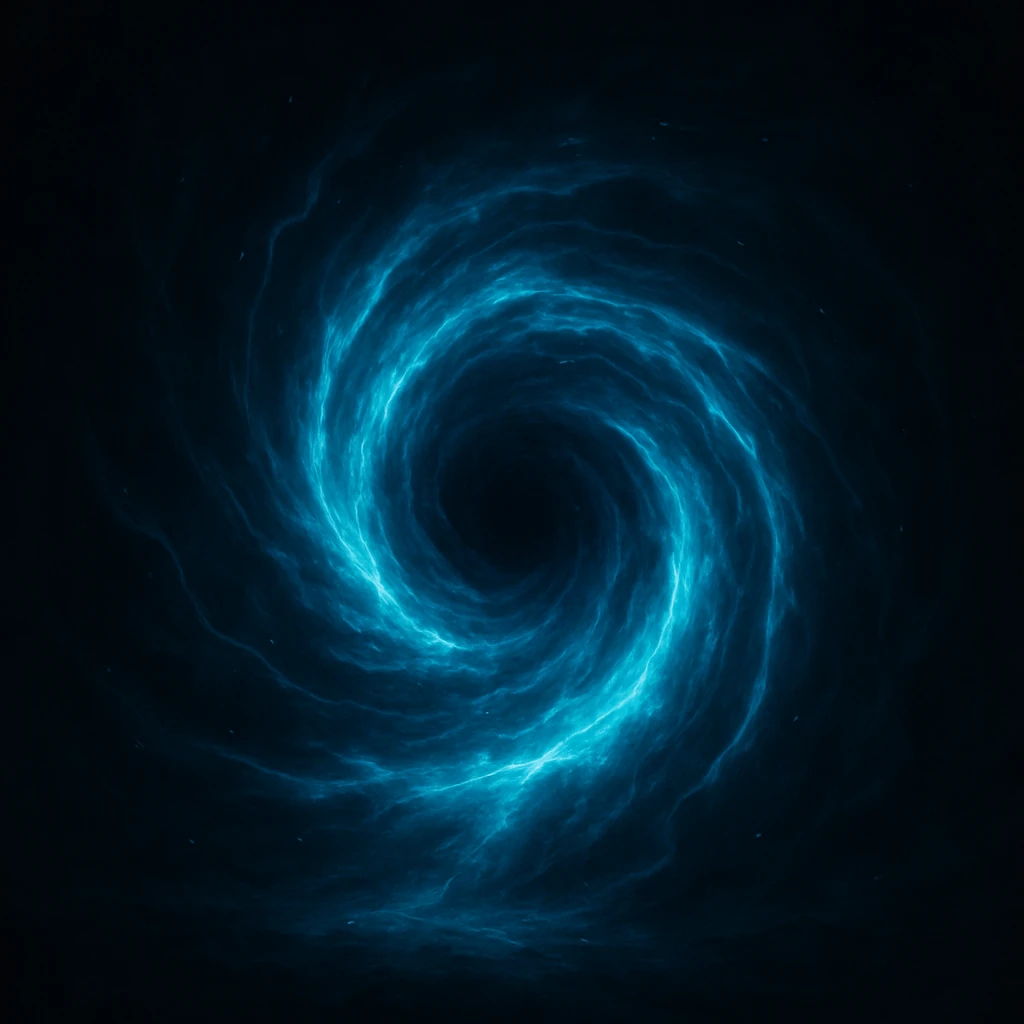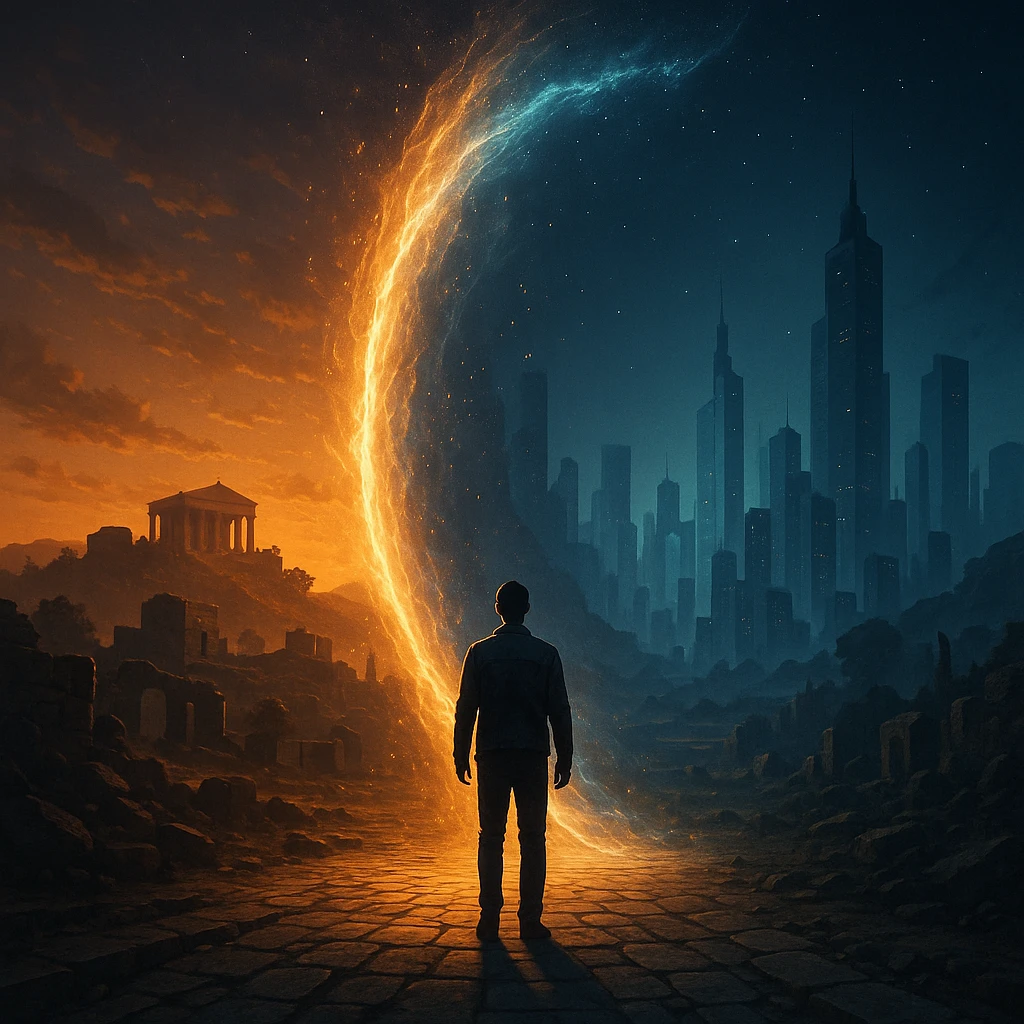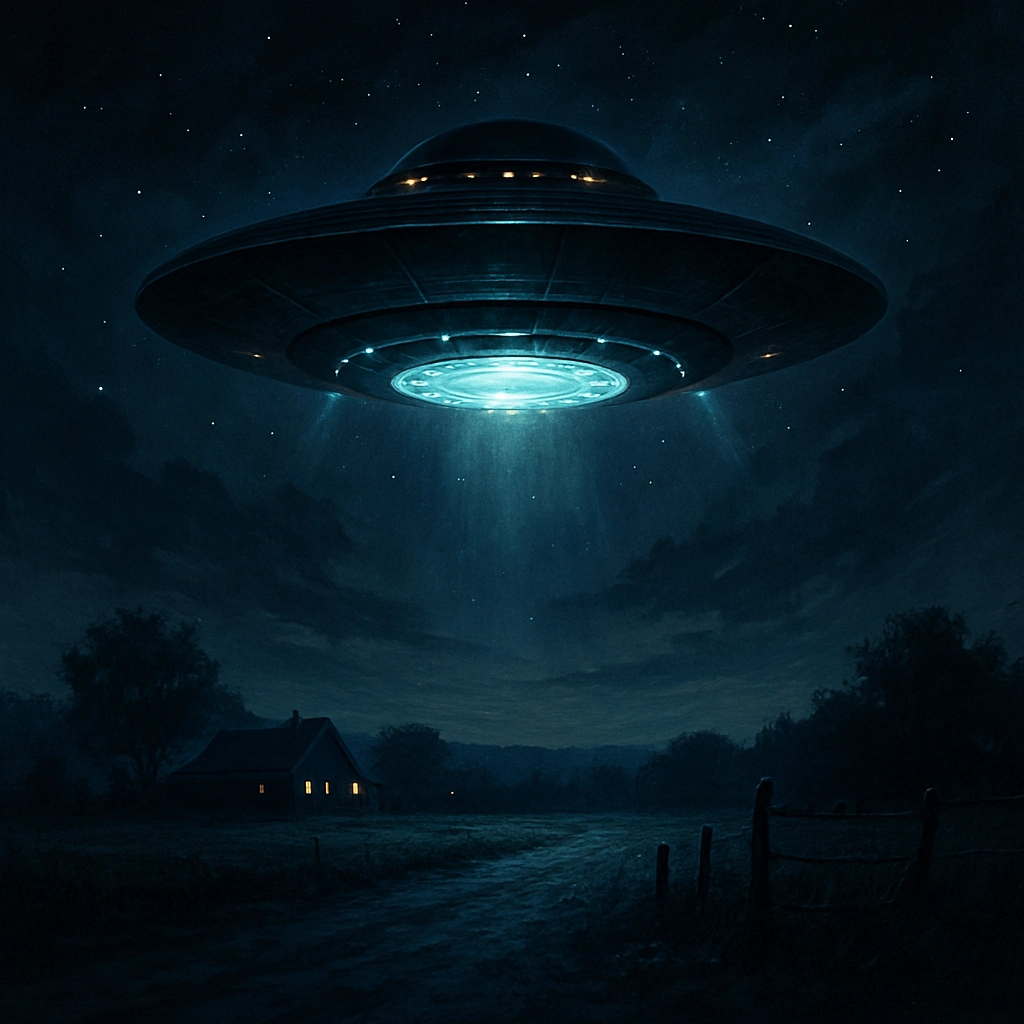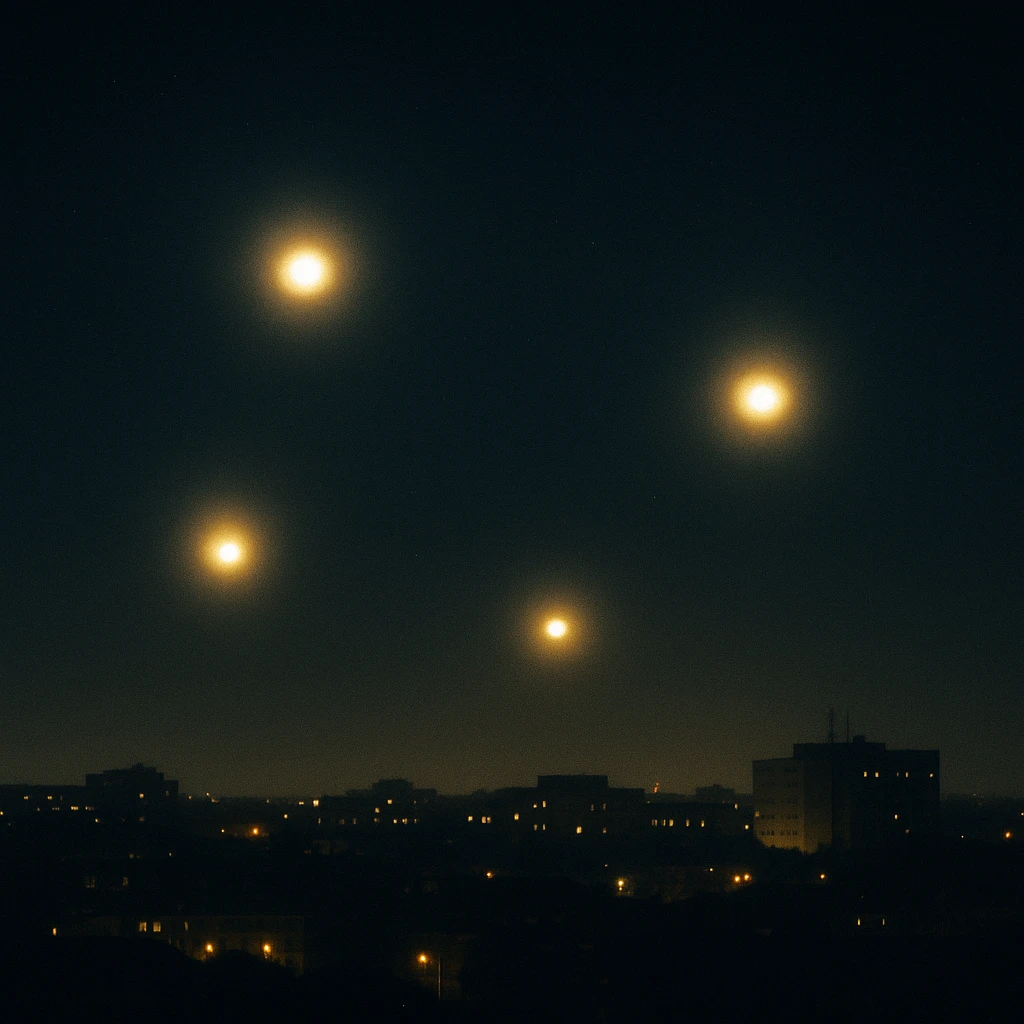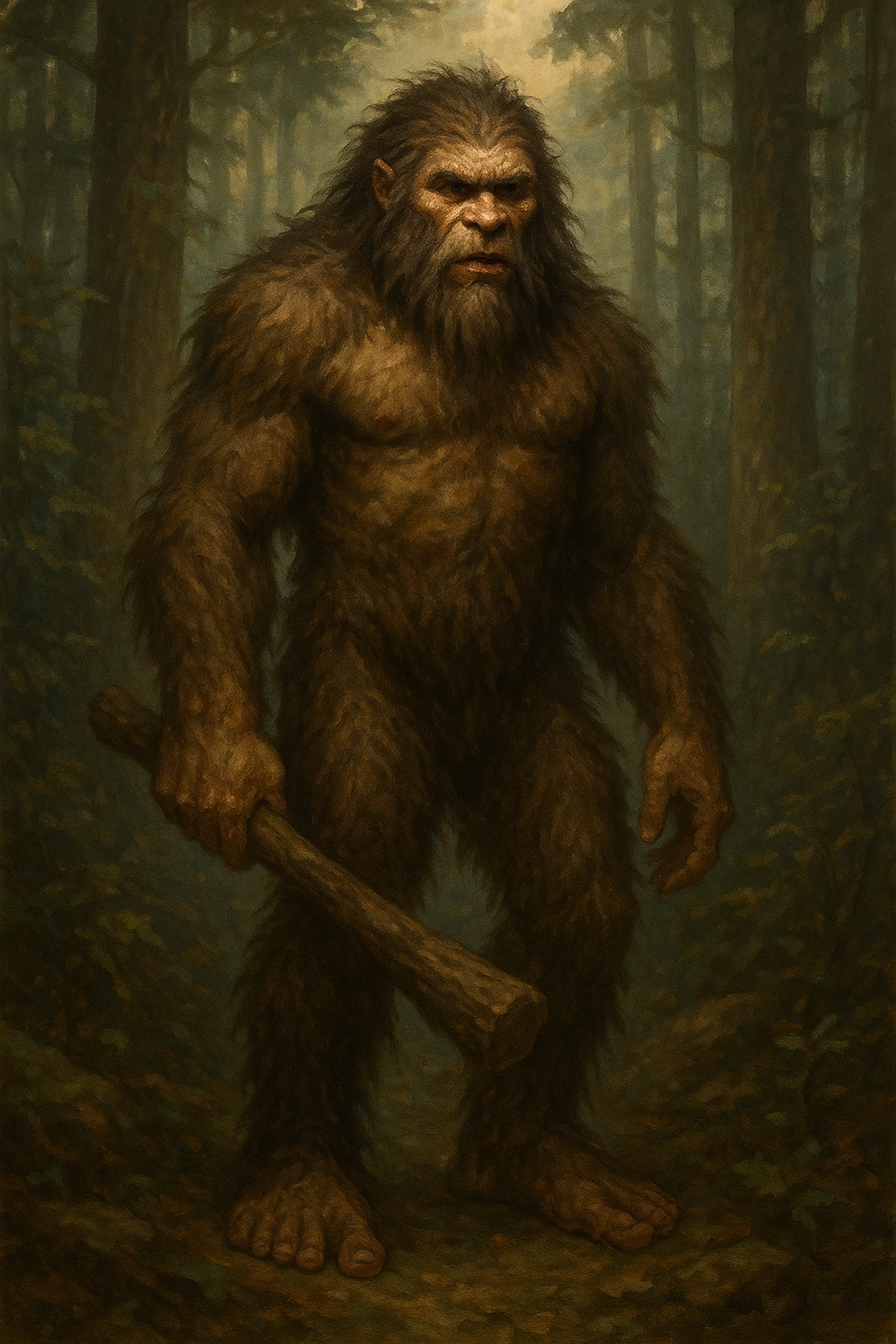The Universe
Age
Universal Clock
Estimates place the Universe at roughly 13.8 billion years old, based on cosmic microwave background measurements. Some ancient stars challenge this number, suggesting either older star formation or a revised model.
Time Paradox
Due to relativity, time itself stretches across space. The Universe has a measurable age, but that doesn't imply all parts aged the same.
Ancient Light
The oldest light we see is from 380,000 years after the Big Bang - when atoms first formed and photons began to travel freely.Black Holes
Space Sinkholes
Black holes are regions of spacetime where gravity is so strong, nothing can escape - not even light.
Three Sizes
They come in three main types: stellar, intermediate, and supermassive - the latter lurking at the center of nearly every galaxy.
Extreme Events
Collisions between black holes ripple space itself, producing gravitational waves we can now detect on Earth.Big Bang
Origin Point
The Universe began from an extremely dense, hot point about 13.8 billion years ago - a moment when time and space began.
Echoes Remain
The afterglow of this event, called cosmic microwave background radiation, is still visible in all directions.
Expansion Continues
The Universe didn't explode into space - it expanded space itself, and that expansion is still accelerating today.Comets
Frozen Visitors
Comets are icy bodies from the solar system's outskirts, developing bright tails as they approach the Sun.
Two Tails
They often have two tails: one of dust and one of ionized gas, each pointing in different directions due to solar wind.
Cosmic Clues
Some comets are leftovers from the solar system's formation and contain materials unchanged for billions of years.Dark Matter
Invisible Mass
Dark matter doesn't emit light but makes up about 27% of the Universe. Its presence is inferred through gravitational effects.
Galactic Glue
It helps galaxies hold together. Without dark matter, they would spin apart based on visible mass alone.
Still a Mystery
Despite decades of searching, no one has directly detected a dark matter particle.Earth
Speeding Through Space
The Earth spins at 1,000 mph and orbits the Sun at 67,000 mph while the entire solar system moves around the galaxy.
Unique Position
Earth lies in the habitable zone - the perfect distance from the Sun for liquid water to exist.
Perspective Shift
From space, the Earth appears as a pale blue dot - fragile, finite, and interconnected.Galaxies
Island Universes
Galaxies are vast assemblies of stars, gas, dust, and dark matter bound by gravity.
Billions of Them
The observable Universe contains an estimated two trillion galaxies, each with billions of stars.
Ours Is the Milky Way
Our solar system resides in the Milky Way, a barred spiral galaxy about 100,000 light-years wide.Gravity
Universal Force
Gravity is the weakest of the four fundamental forces, but it governs structure on the largest scales.
Warped Space
Einstein showed gravity is the curvature of spacetime around mass, not a pulling force.
Escape Velocity
To leave Earth's gravity, a spacecraft must travel over 25,000 mph - known as escape velocity.Light
Cosmic Speed Limit
Light travels at 186,282 miles per second - the maximum speed at which information can move.
Time Machine
When we observe distant galaxies, we're seeing light that left them millions or even billions of years ago.
Sunlight Delay
It takes about 8 minutes and 20 seconds for sunlight to reach Earth.Moon
Earth's Companion
The Moon is about 1/4 the size of Earth and orbits it every 27.3 days.
Moving Away
The Moon is slowly receding from Earth at about 3.8 cm per year due to tidal interactions.
Same Side Always
Because of tidal locking, we always see the same face of the Moon from Earth.Multiverse
Many Worlds
Some theories suggest our Universe is just one of many - each with its own physical laws and constants.
Inflation Theory
Cosmic inflation might produce bubble-like universes that exist parallel to ours.
Unprovable?
So far, no way exists to observe other universes, making the multiverse a fascinating but speculative idea.Planets
Solar System
Our solar system contains eight planets, each unique in composition, atmosphere, and orbit.
Pluto Debate
Once the ninth planet, Pluto was reclassified as a dwarf planet in 2006 by the IAU.
Exoplanets
Thousands of planets outside our solar system have been discovered - some Earth-like and potentially habitable.Quasars
Bright Beacons
Quasars are the ultra-luminous centers of distant galaxies, powered by supermassive black holes.
Distance Markers
Some quasars are over 10 billion light-years away, serving as markers for early cosmic history.
Cosmic Giants
A single quasar can outshine its entire host galaxy by a thousandfold.Redshift
Cosmic Doppler
Redshift describes how light from distant galaxies shifts toward red as they move away.
Expansion Evidence
This phenomenon supports the idea of an expanding Universe - a key pillar of the Big Bang theory.
Hubble's Law
The farther a galaxy is, the faster it's moving away - a direct correlation discovered by Edwin Hubble.Stars
Celestial Powerhouses
Stars generate light and heat through nuclear fusion, mostly converting hydrogen into helium.
Life Cycles
Stars live for millions to billions of years, evolving from protostars to red giants or supernovae.
Stellar Diversity
They vary in mass, color, and brightness - from faint red dwarfs to brilliant blue giants.Sun
Our Local Star
The Sun is a G-type main-sequence star about 4.6 billion years old, with another 5 billion to go.
Energy Factory
It converts over 600 million tons of hydrogen to helium every second, emitting energy in the form of light.
Solar Influence
The Sun drives weather, seasons, and even life itself on Earth through its radiant output.Venus
Slow Spinner
A day on Venus is longer than its year. It rotates once every 243 Earth days but orbits the Sun in 225.
Runaway Greenhouse
Venus has a thick CO2 atmosphere, making it the hottest planet - even hotter than Mercury.
Transit Rarity
Venus transits the Sun in pairs every 120+ years. The last pair was in 2004 and 2012.


